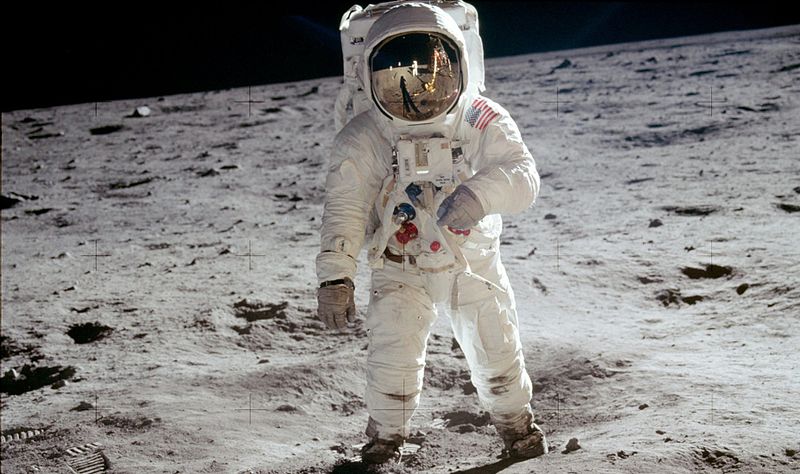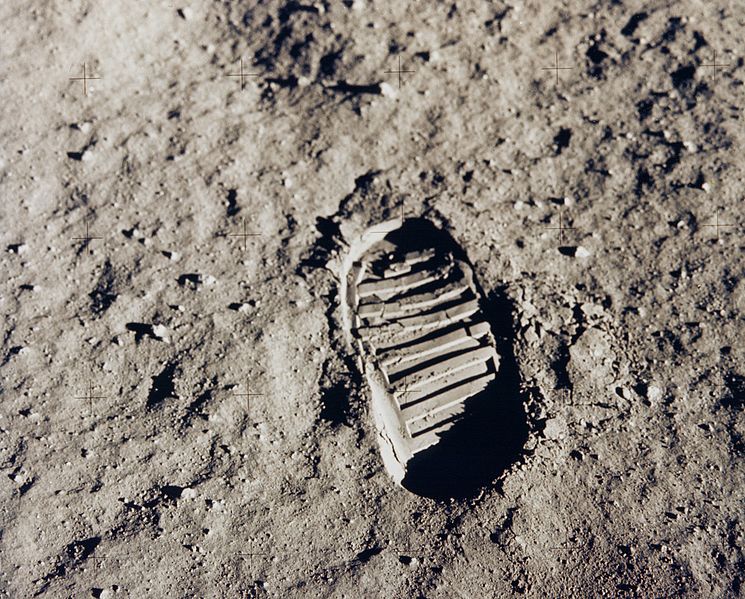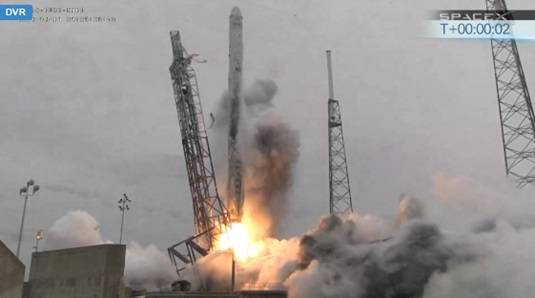Robert Zubrin identifies two different modes of operation practiced by NASA since 1961:
Over the course of its life, NASA has employed two distinct modes of operation. The first prevailed during the period from 1961 to 1973, and may therefore be called the Apollo Mode. The second, prevailing since 1974, may usefully be called the Random Mode.
In the Apollo Mode, business is conducted as follows. First, a destination for human space flight is chosen. Then a plan is developed to achieve the objective. Following this, technologies and designs are developed to implement the plan. These designs are then built, after which the mission is flown.
The Random Mode operates entirely differently. In this mode, technologies and hardware elements are developed in accord with the wishes of various technical communities. These projects are then justified by arguments that they might prove useful at some time in the future when grand flight projects are once again initiated.
Contrasting these two approaches, we see that the Apollo Mode is destination-driven, while the Random Mode pretends to be technology-driven but is actually constituency-driven. In the Apollo Mode, technology development is done for mission-directed reasons. In the Random Mode, projects are undertaken on behalf of various internal and external technical-community pressure groups and then defended using rationales (not reasons). In the Apollo Mode, the space agency’s efforts are focused and directed. In the Random Mode, NASA’s efforts are scatterbrained and entropic.
Imagine two couples, each planning to build their own house. The first couple decides what kind of house they want, hires an architect to design it in detail, then acquires the appropriate materials to build it. That is the Apollo Mode. The second couple canvasses their neighbors each month for different spare house-parts they would like to sell, and buys them all, hoping to eventually accumulate enough stuff to build a house. When their relatives inquire as to why they are accumulating so much junk, they hire an architect to compose a house design that employs all the miscellaneous items they have purchased. The house is never built, but an adequate excuse is generated to justify each purchase, thereby avoiding embarrassment. That is the Random Mode.
NASA had an overriding mission from 1961 to 1974: the moon program. Almost all of its resources were devoted to that goal, and it was achieved. Then bureausclerosis set in, politics took over, and we left the moon (so far, for good). If the future of mankind is in space, it’s unlikely that NASA will be a significant part of that future (unless you count its role in working to hold back private enterprise from getting involved on NASA’s “turf” (can I call it “astroturf” in this context?)).






